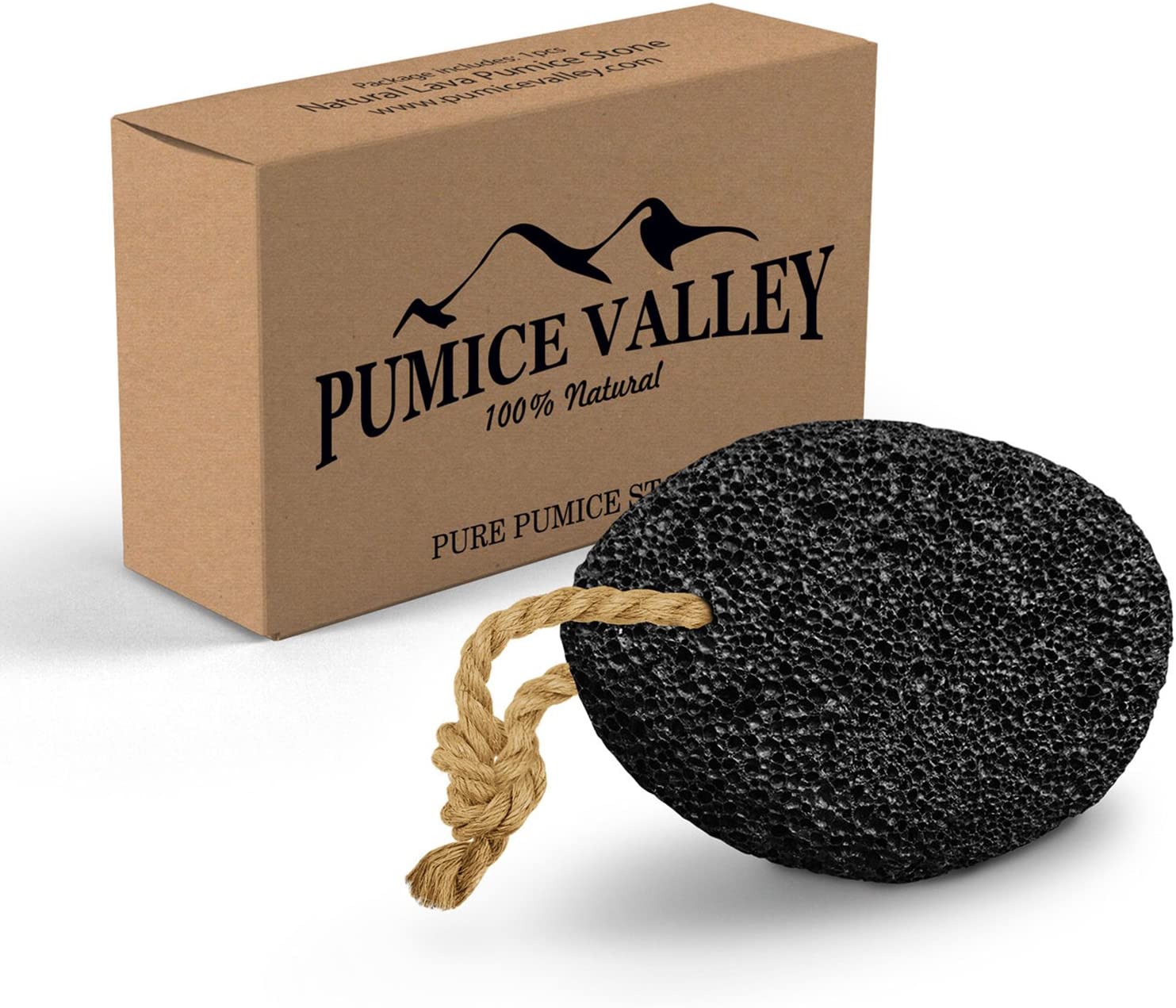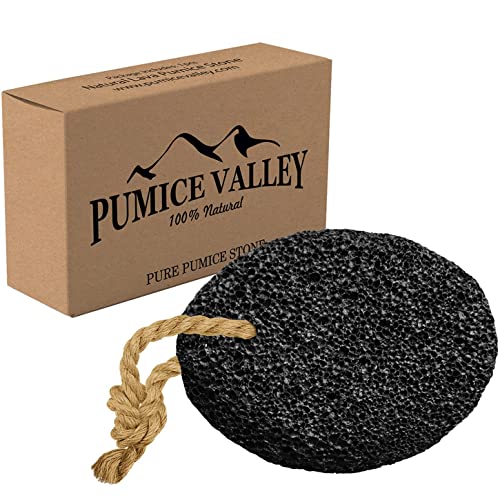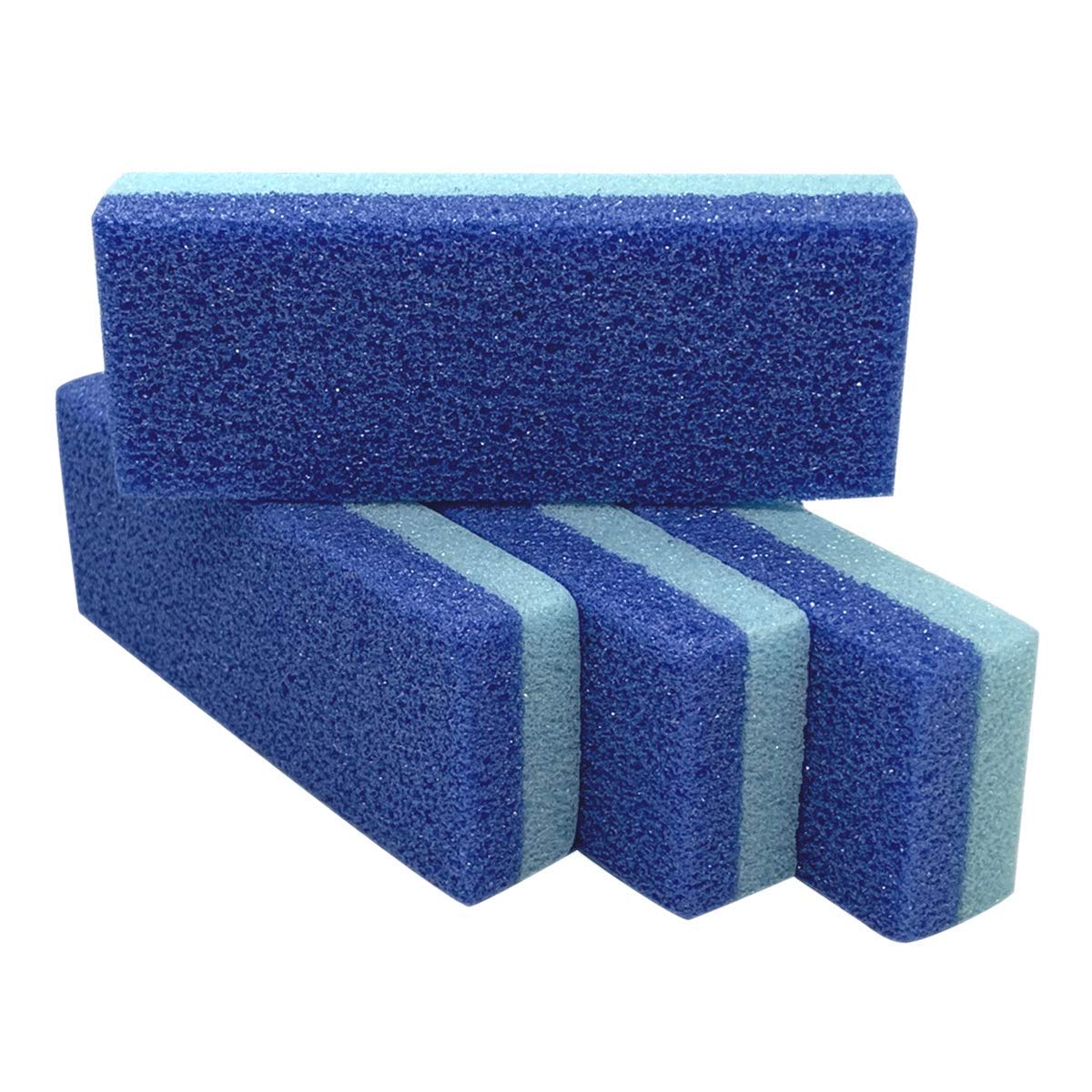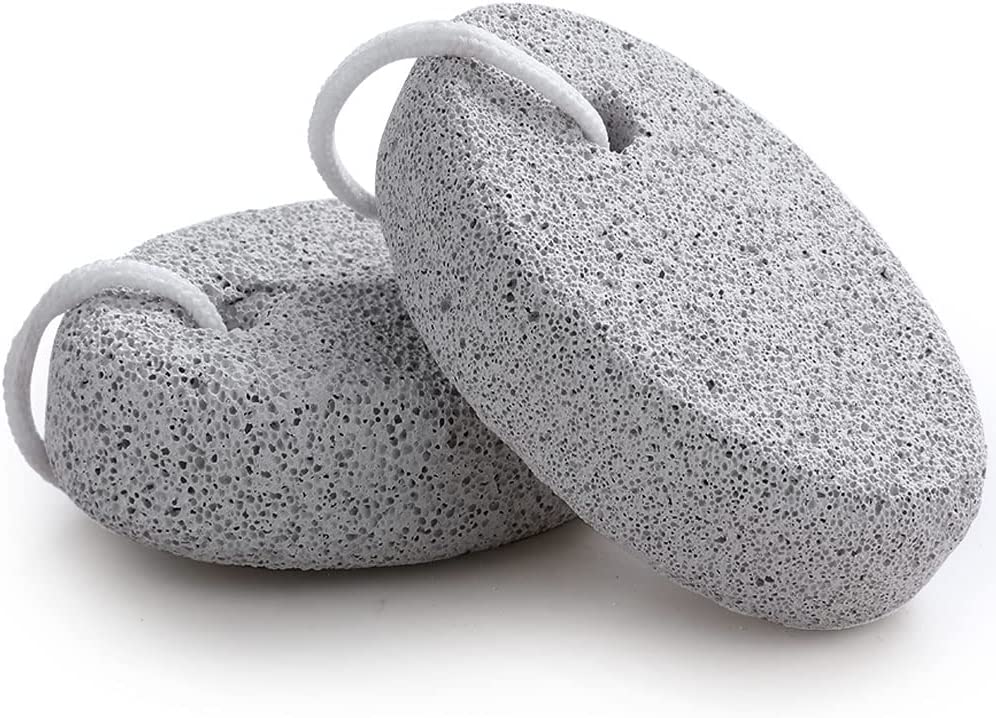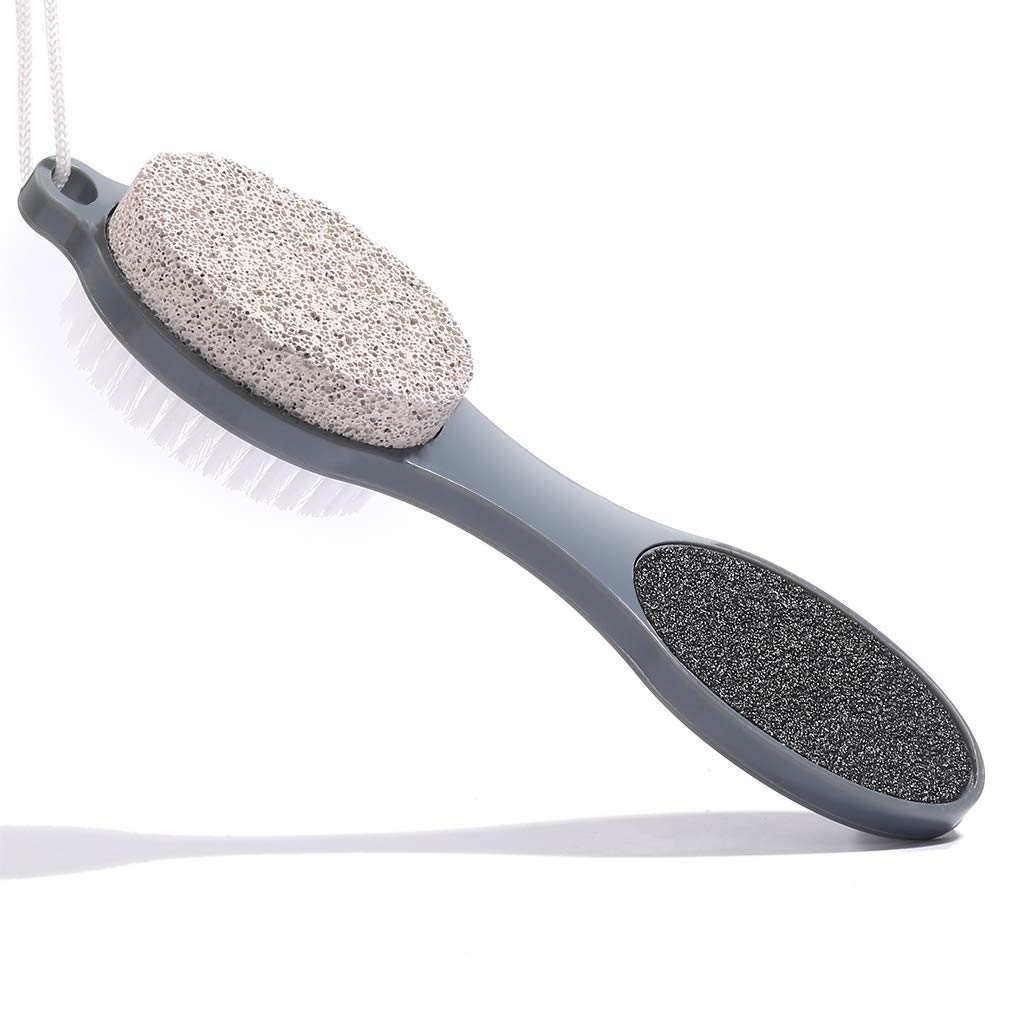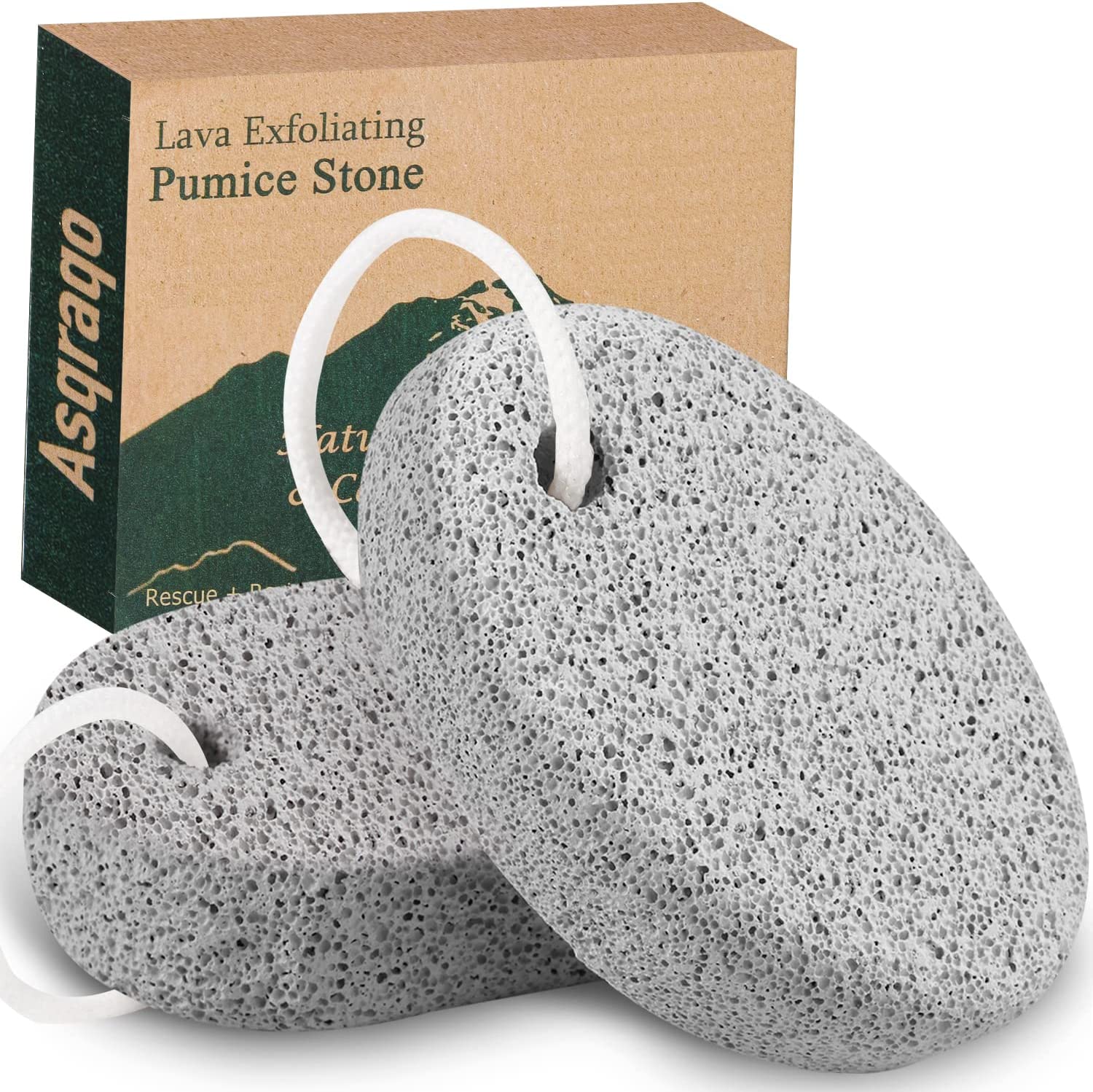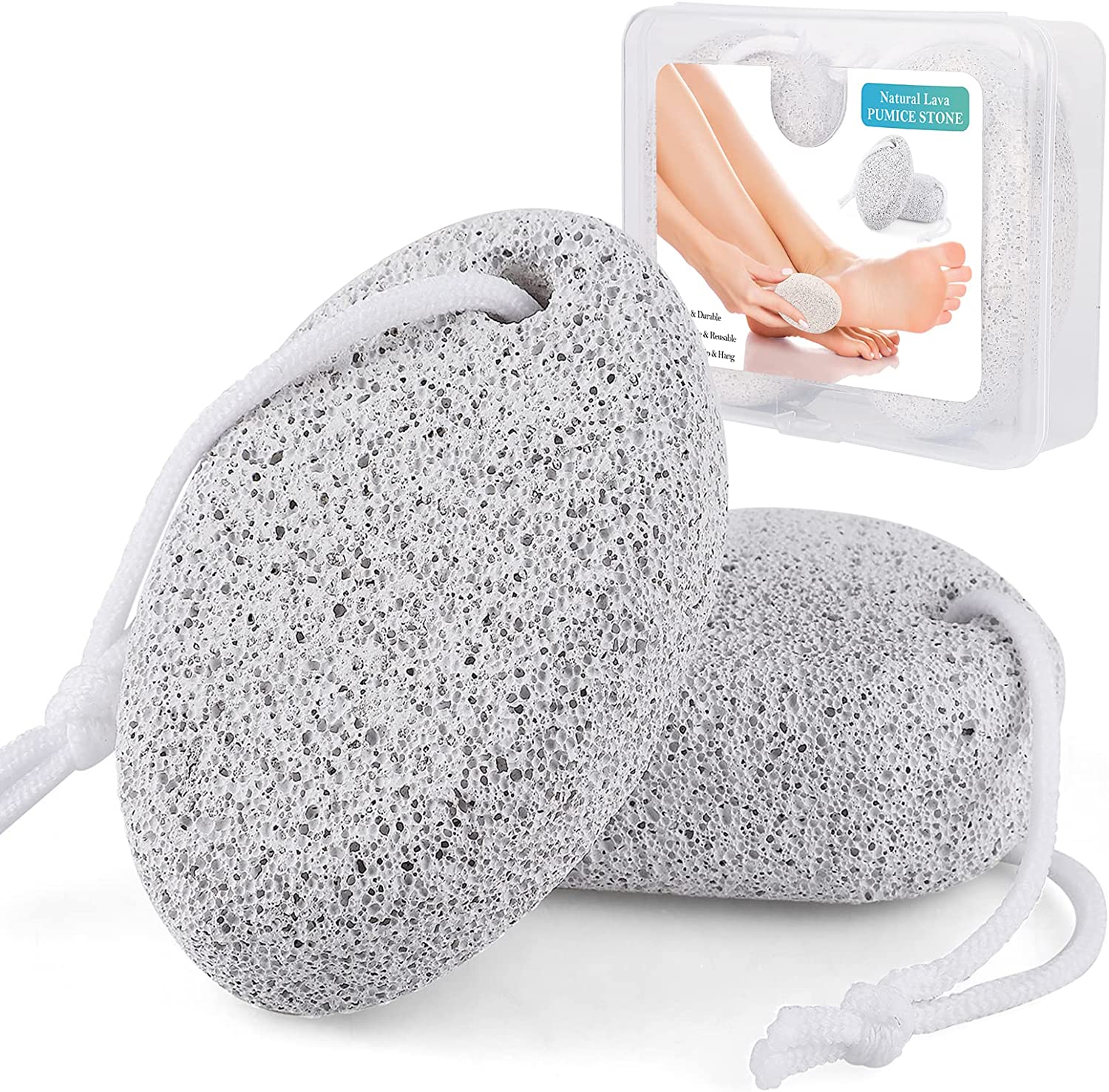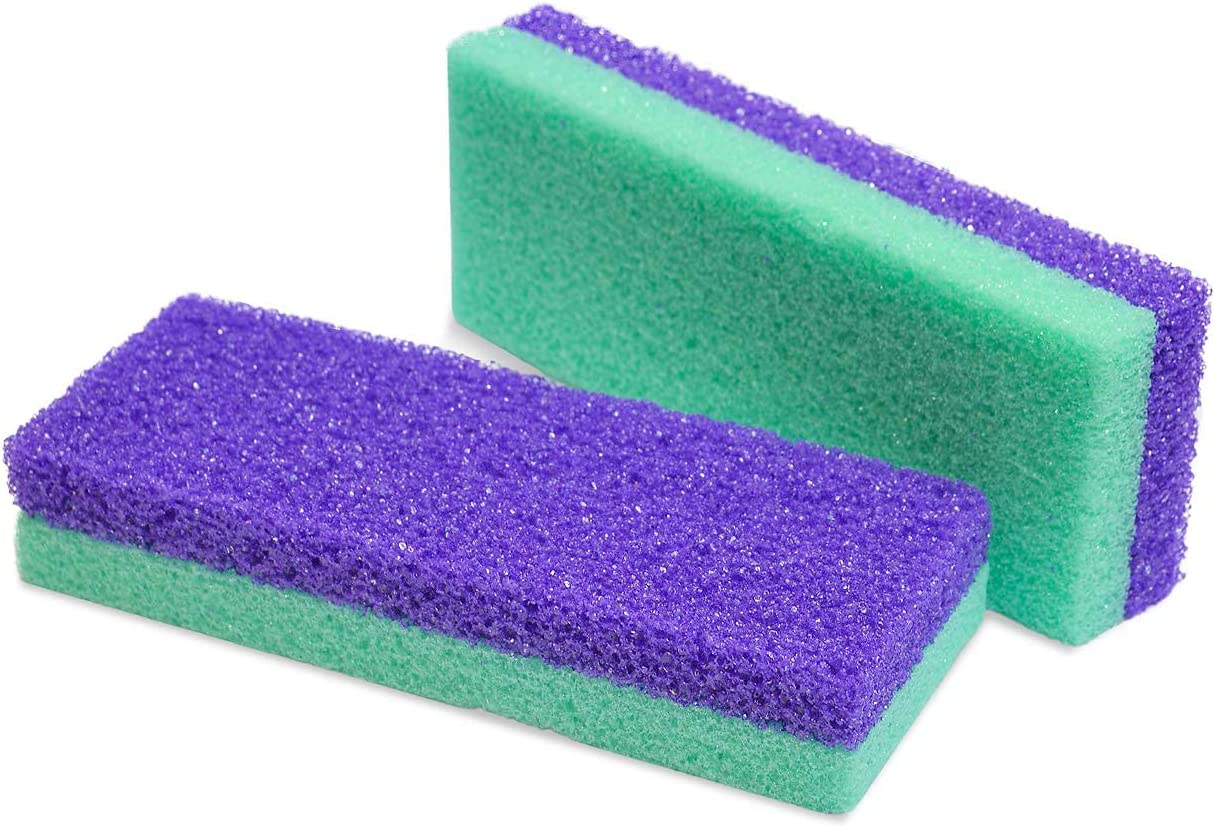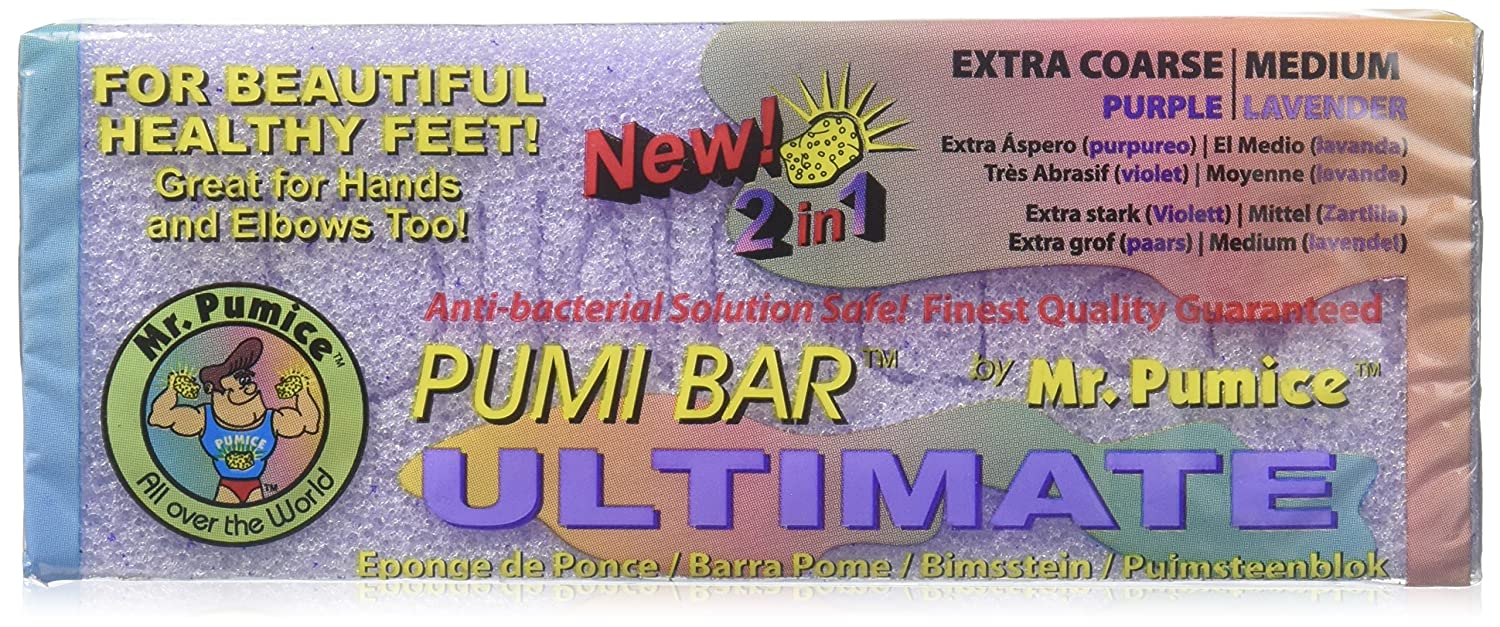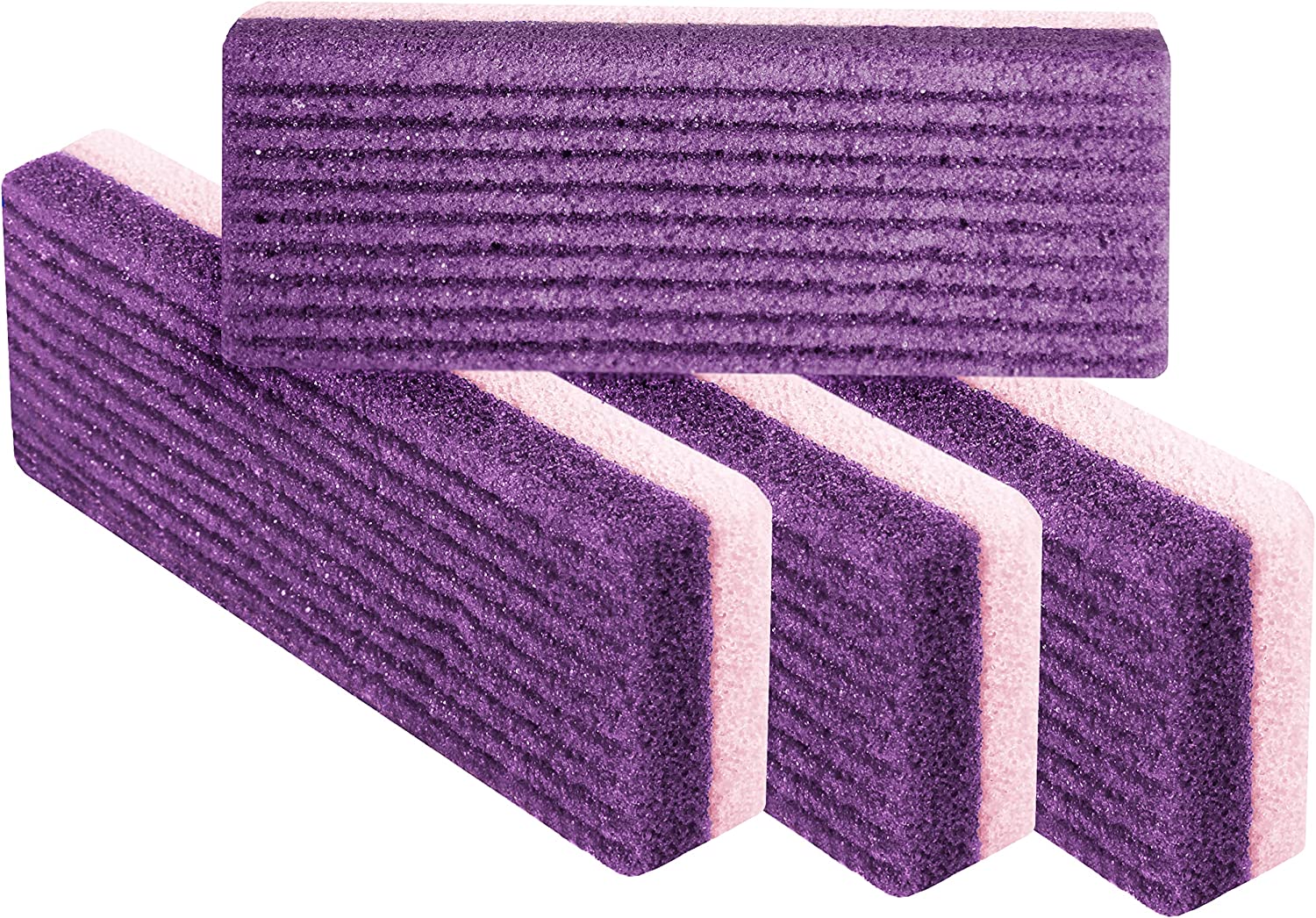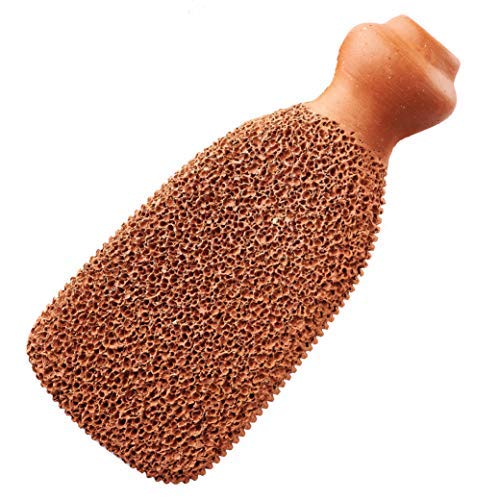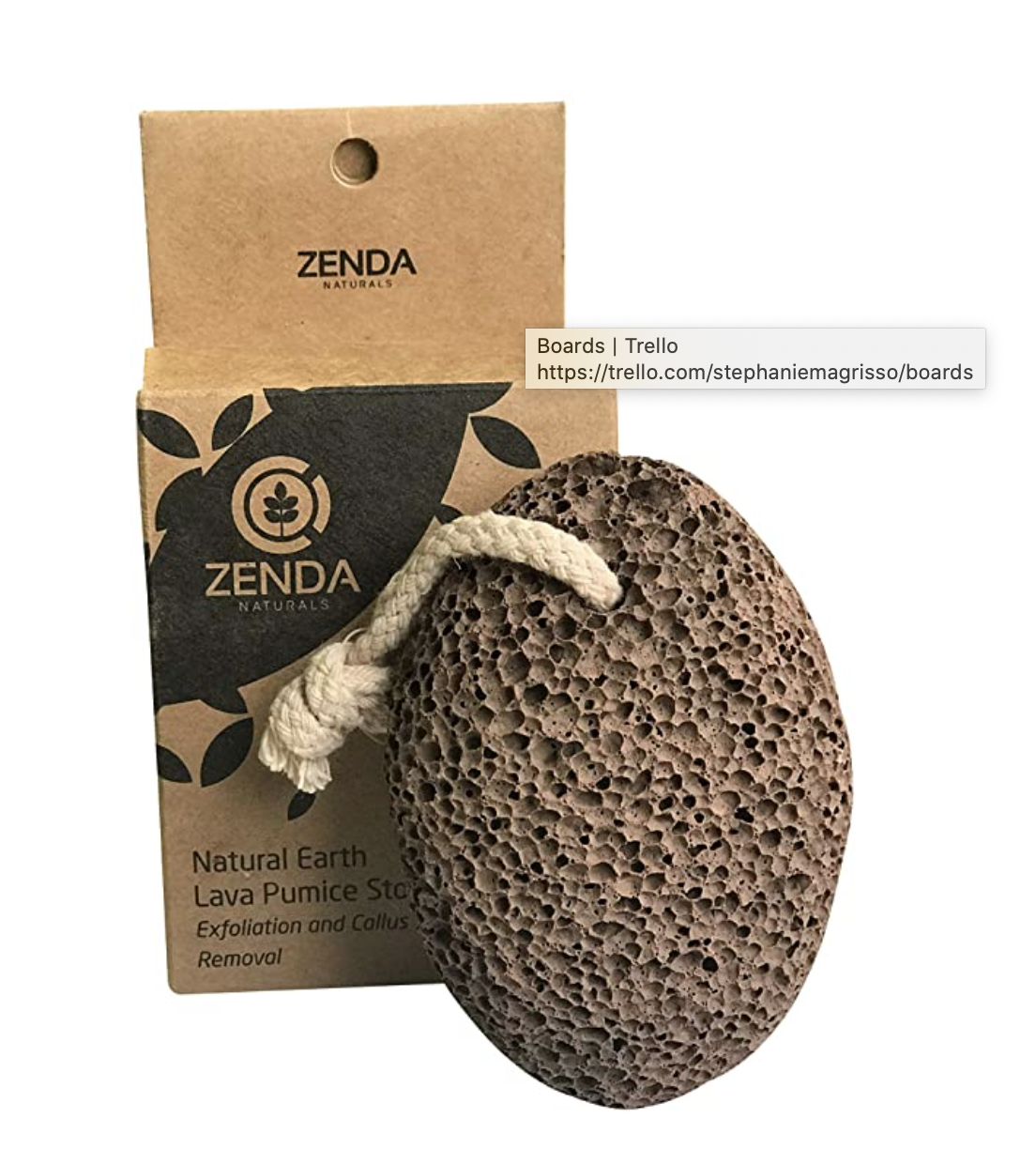Pumice Valley Volcanic Rock Blood Flow Stimulating Foot Pumice
Last updated: October 28, 2022
We looked at the top Foot Pumices and dug through the reviews from some of the most popular review sites. Through this analysis, we've determined the best Foot Pumice you should buy.
Product Details
In our analysis of 36 expert reviews, the Pumice Valley Volcanic Rock Blood Flow Stimulating Foot Pumice placed 9th when we looked at the top 11 products in the category. For the full ranking, see below.Expert Reviews
What reviewers liked
A quality pumice stone crafted from 100% pure volcanic lava. Has a good shape, making it easy to hold and apply pressure to hard skin. Use the handy rope loop to hang the stone out to dry after use.
The stone is shaped like a rounded diamond and is the perfect size to comfortably fit in your hand.
Crafted from 100% pure lava. Coarse texture perfect for tough calluses and hardened skin. Convenient rope loop.
The stone is porous, ergonomically designed, easy to use, and gentle on the skin.
Smaller pores ensure removal and cleansing of dry, dead skin
When massaged onto the feet, it not only buffs away unwanted dead skin, but rejuvenates and stimulates blood flow.
- Byrdie
You can use this volcanic lava pumice stone to remove calluses, corns, cracks, hard & dry skin, and stubborn dead skin and dirt.
What reviewers didn't like
Some users find the coarseness rough and takes time to get used to.
May be too abrasive for some users.
It requires thorough cleaning
Not suitable for removing hard and stubborn calluses
View our Foot Pumice buying guide for in-depth advice and recommendations.
